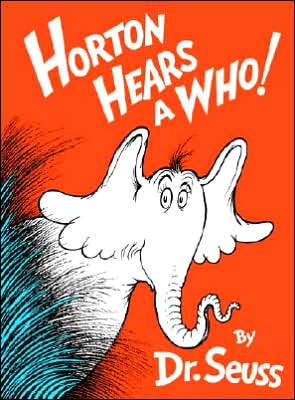

The little girl had just turned five.
"Stand up little one," he cooed. "I did this for your mother, your uncles and now you!"
Trisha is then asked to taste the honey from the book and responds to her grandfather that it tastes sweet. Her family replies to her,
"Yes, and so in knowledge, but knowledge is like the bee that made that sweet honey, you have to chase it through the pages of a book!"

At the end of the book, this scene is remembered again when Trisha finally is able to read. We see her holding the book that her grandfather had put the honey on, realizing that she finally could chase through the pages like he had dreamed for her. The repetition of this scene both at the beginning and the end of Trisha's journey shows how important this part of her journey is. The illustrations on each page are so clearly and intentionally places to assist and support in the telling of this story, and that is what makes this book so special. They are classically beautiful and contribute to the story as much if not more than the words themselves.
"Thank you, Mr. Falker" is a beautifully told, emotional story that many children can connect with. The story gives hope to the readers who may have a hard time in school and it can also be used to teach tolerance to children who may not have the same struggle of learning to read that Trisha has. When Trisha is sad, the sadness is made more apparent in the illustrations of her and this really helps the reader to visualize and connect with her feelings even more. When Trisha is happy because reading is starting to click, the reader is taken from her sadness to her delight not only through the words but through the picture of Trisha finally reading with a joyous expression. The story itself is wonderful, but the illustrations in this book truly help the reader to connect with the emotions that come along with this book. The flow between the story and the illustrations is very apparent. This is largely due to the fact that Patricia Polacco not only writes her books, but illustrates them as well.
We find out at the end that this story is one that is very close to the author's heart. It is the story of when Patricia Polacco was a young girl and how after years of getting through school without being able to read, one teacher, Mr. Falker, changed that all for her. She writes at the end, "The rest of the year became an odyssey of discovery and adventure for the little girl... I know because that little girl was me, Patricia Polacco. I saw Mr. Falker again some thirty years later at a wedding...I told him who I was and how he had changed my life so many years ago. He hugged me and asked me what I did for a living. 'Why Mr. Falker, I make books for children... Thank you Mr. Falker. Thank you."
I grew up reading Patricia Polacco books. I remember many of them and their illustrations as well. She has been a very successful children's book author since she published her first book in 1987, "The Keeping Quilt." I would highly recommend this book to teachers, parents and caregivers. It has many valuable lessons and the story and illustrations alike help to teach these and instill them in the children reading this book! A must read!























